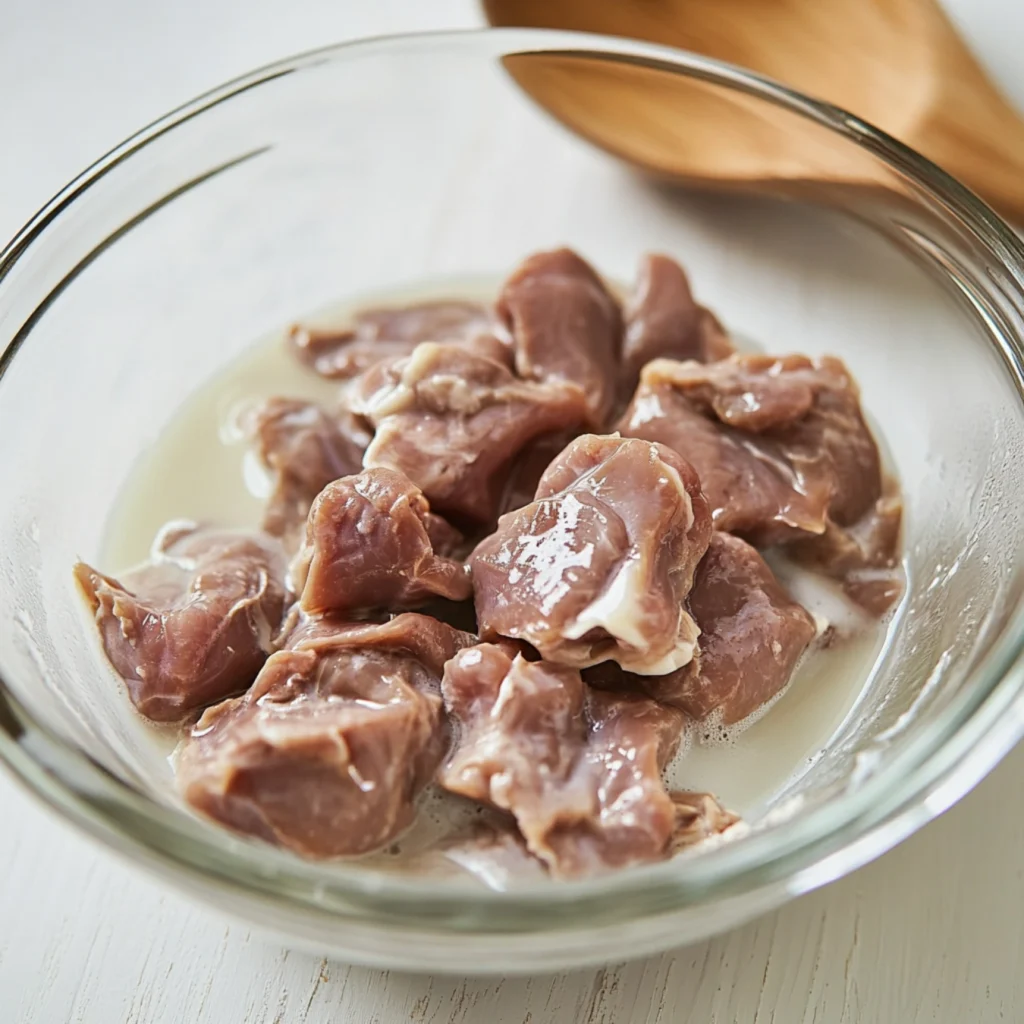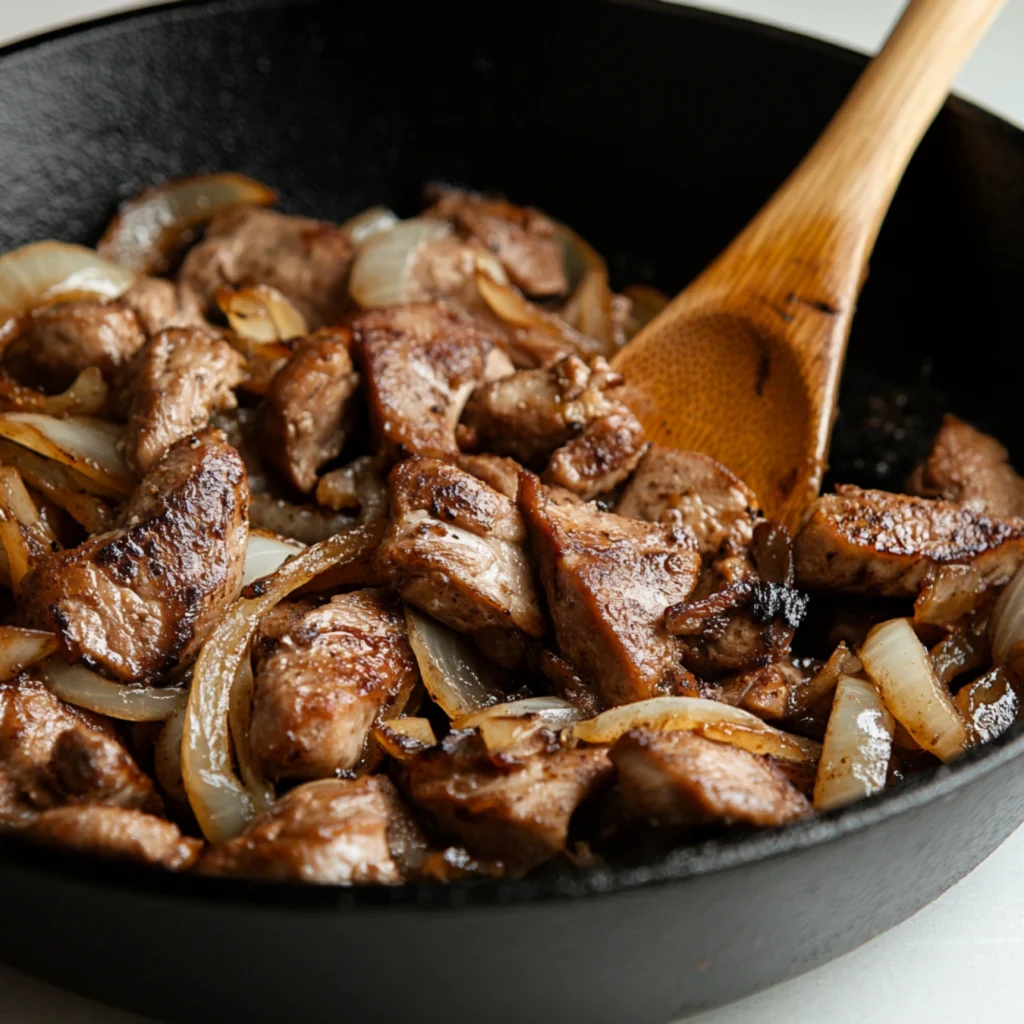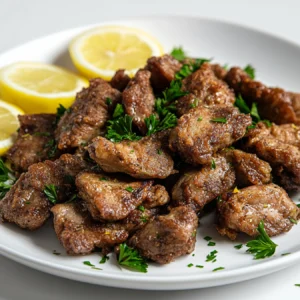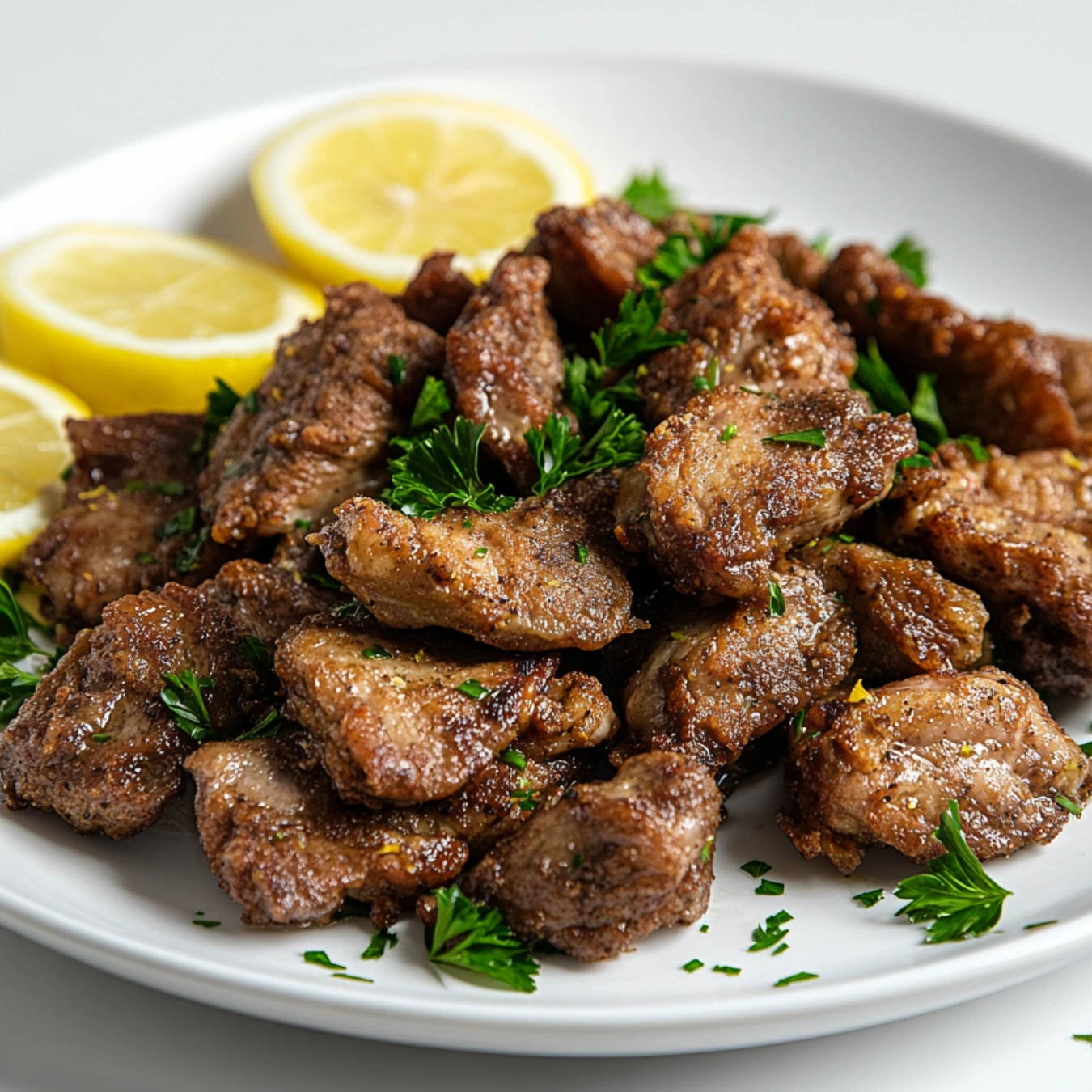This chicken liver sauté is delicious and packed with nutrients if you want such! Garlic, onions, and a little spice cook tender, fragrant chicken livers; then, for the ideal mix of richness and brightness, finish them with a dash of Worcestershire sauce and lemon juice. Present it for a filling dinner alongside rice, mashed potatoes, or crusty bread.
Table of Contents
Why You Will Love This Recipe
- Packed with flavor, every mouthful of garlic, onions, and spices tastes great.
- Quick & Easy : Ready in only 25 minutes with minimal prep!
- Chicken livers are also very nutritious and packed with iron, protein, and vitamins.
- Economical : a sensible but substantial meal.
If you’re looking for other creative chicken dishes, check out this Diced Chicken Recipes for more easy and flavorful meal ideas.
Components
Everything you need for a delicious chicken liver sauté is right here:
- Chicken Livers : Trimmed, washed, and patted dry.
- Olive oil or butter accentuates taste and brings richness.
- Onion, thinly sliced, adds depth and flavor.
- Garlic, minced, is the ideal aromatic to add to the taste.
- Salt and black pepper accentuate the inherent taste.
- Optionally smoked paprika adds a faint smokiness.
- Fresh or dried thyme leaves bring earthy and warm tones.
- For some heat, optional red pepper flakes!
- For deglazing and increased depth, chicken broth or white wine (optional).
- Worcestershire Sauce : A strong umami enhancement.
- Lemon Juice strikes a mix of brightness and freshness to counter the richness.
- Fresh Parsley: To accentuate freshness and serve as a garnish.
👉 The complete ingredient list with measurements is in the recipe card below!

Making Chicken Liver Sauté:
Prepare the chicken livers first.
Under cold water, rinse the chicken livers; then, using paper towels, completely dry them. Cut away any sinewy or tough bits.
Second step: saute the garlic and onions.
Heat olive oil or butter in a large skillet over medium heat. Add sliced onions and heat until softened, three to four minutes. Add minced garlic and sauté for another minute till aromatic.
The third step is cooking the chicken livers.
Turn the heat to medium-high and slide the chicken livers into the pan. Season with salt and black pepper; if using smoked paprika; dried thyme; red pepper flakes (if used)
Sauté on each side for three to four minutes, browning the outside but still somewhat pink inside.
Fourth: Deglaze the pan (optional).
Stirring to release any browned bits from the pan, pour in chicken broth or white wine. Let it simmer for two minutes, then cut down somewhat.
Step five: serve and finish.
To coat the livers, stir Worcestershire sauce and lemon juice thoroughly. Turn off the heat; sprinkle fresh parsley on top.
For a whole meal, serve warm alongside rice, mashed potatoes, or crusty bread.
For another fantastic chicken recipe, try this Blackstone Chicken Recipe for a different take on pan-seared chicken.
Pro Advice for the Perfect Sautéed Chicken Liver
- Pat the livers dry to stop steaming and enable adequate sear.
- Keep from overcooking! For the greatest texture, livers should be inside, just slightly pink.
- Deglaze for More Flavor: A dash of broth or wine lifts all those wonderful bits from the pan.
- Balance with lemon; the acidity elegantly breaks through the richness.
Serving : How?
- Perfect with this delicious chicken liver sauté are:
- Perfect for soaking in the rich sauce is crusty bread.
- Mashed Potatoes : A creamy side to balance the richness.
- Light and fluffy to accentuate the meal, steamed rice or quinoa.
- Fresh, healthful contrast: grilled vegetables.
Store Ahead and Leftovers
Keep refrigerated in an airtight container for up to three days.
Reheating Instructions:
- Stovetop: Warm over low heat, moistened by a broth dash.
- Microwave: Heat in short microwave heating intervals, stirring between each helps prevent drying out.
- Steer clear of freezing; cooked chicken livers might get gritty when stored and reheated.

Common Questions
1. When are chicken livers cooked?
On the outside, they should be golden brown, and on the inside, they should be slightly pink. Use a meat thermometer; they run at 165°F (75°C.).
2. Instead, may I use pork or beef liver?
Yes! But pork and beef liver taste better and might need longer cooking times.
3. Why does my liver turn out dry?
Overcooking is bad. Sear them fast to prevent overcooking that will make them tough.
4. Could I put mushrooms on top of this meal?
Surely! For a further layer of taste, sauté mushrooms with the onions.
Conclusion
Easy and great, this thick and flavorful chicken liver sauté is a taste sensation with lots of nutrients. Whether your taste in organ meats is strong or if you’re trying them for the first time, this recipe is a winner! 🍗😋

Rich and Savory Chicken Liver Sauté with Onions & Garlic
Equipment
- Skillet
Ingredients
Main Ingredients
- 1 lb chicken livers trimmed and cleaned
- 2 tbsp olive oil or butter
- 1 small onion thinly sliced
- 3 cloves garlic minced
- 1/2 tsp salt
- 1/2 tsp black pepper
- 1/2 tsp smoked paprika optional
- 1/2 tsp dried thyme or fresh thyme leaves
- 1/4 tsp red pepper flakes optional for heat
- 1/4 cup chicken broth or white wine optional for deglazing
- 1 tbsp Worcestershire sauce
- 1 tbsp lemon juice for brightness
- 2 tbsp fresh parsley chopped, for garnish
Instructions
- Rinse and pat dry the chicken livers. Trim any tough or sinewy bits.
- Heat olive oil or butter in a skillet over medium heat. Add sliced onions and cook for 3-4 minutes until softened. Add minced garlic and cook for another minute.
- Increase heat to medium-high. Add chicken livers, season with salt, black pepper, smoked paprika, thyme, and red pepper flakes. Sauté for 3-4 minutes per side until browned but still slightly pink inside.
- Pour in chicken broth or white wine (if using), stirring to loosen any bits from the pan. Let it simmer for 2 minutes.
- Stir in Worcestershire sauce and lemon juice, mixing well.
- Remove from heat and garnish with fresh parsley. Serve warm with crusty bread, mashed potatoes, or rice.

